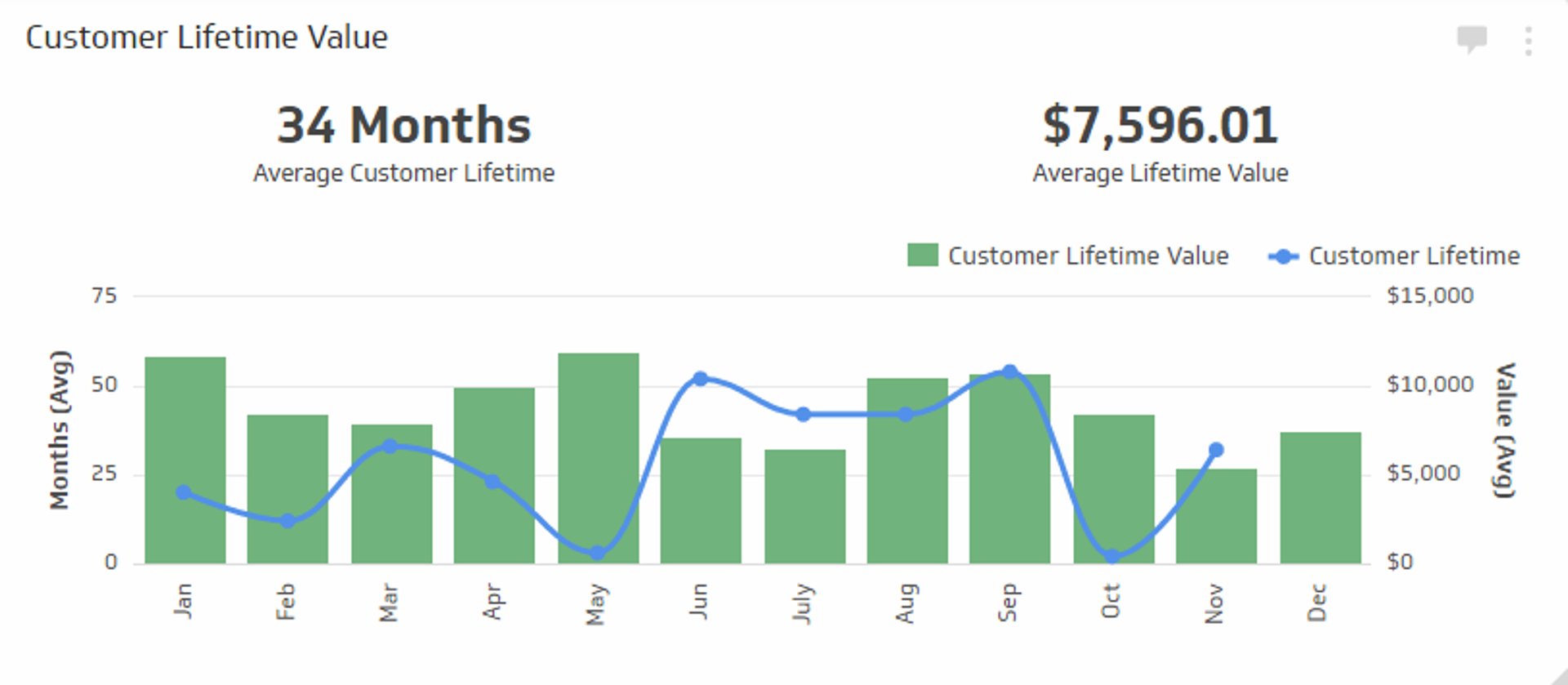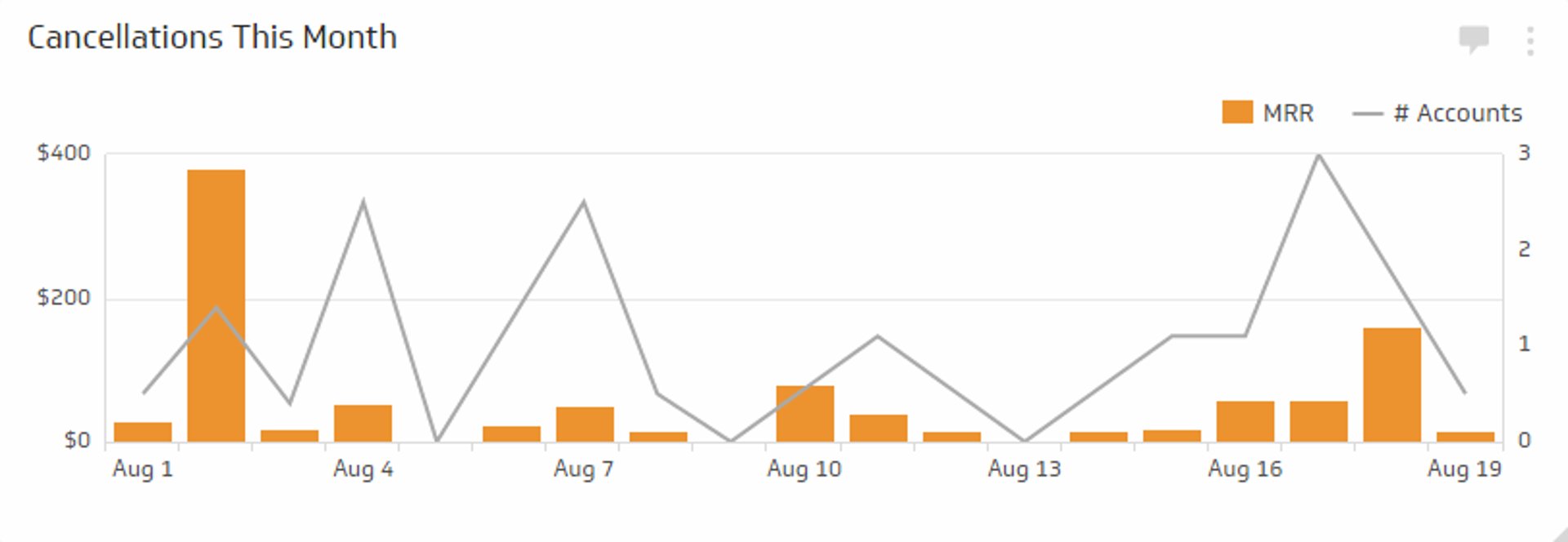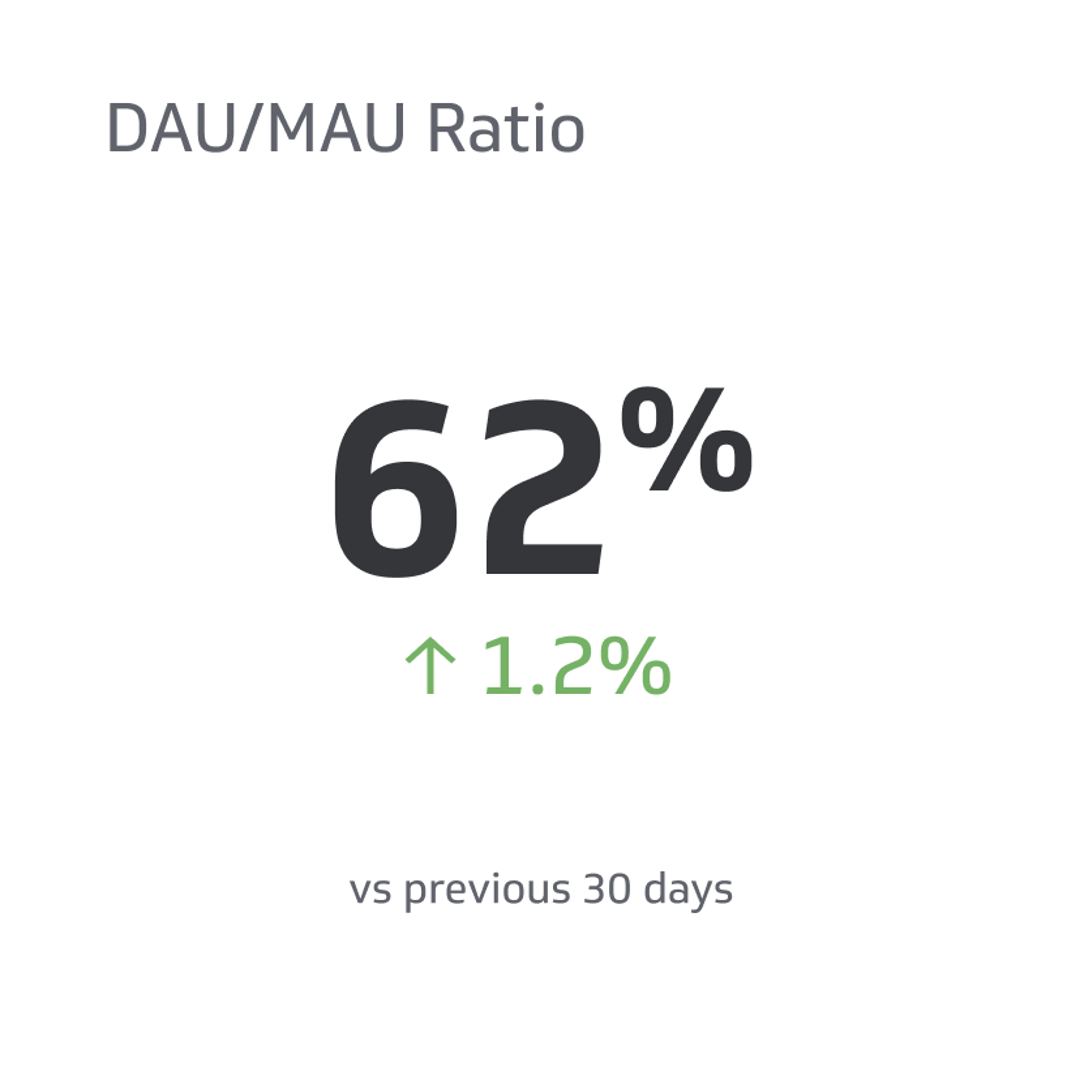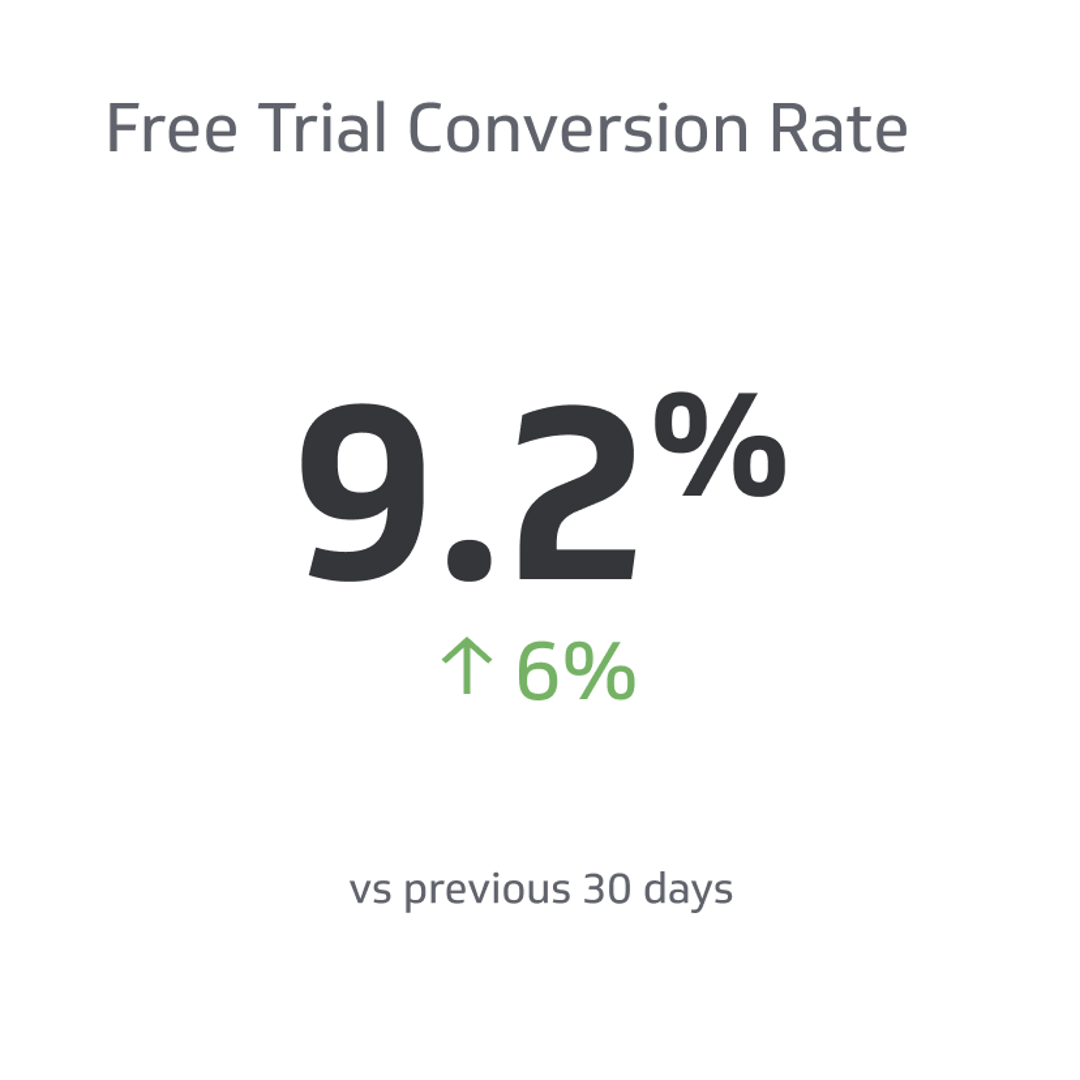Customer Retention Rate
Measures the rate at which a subscription based company holds on to its customers.
Track all your SaaS KPIs in one place
Sign up for free and start making decisions for your business with confidence.

What is Customer Retention Rate?
Customer retention rate measures the percentage of customers a business retains over a specific period, reflecting the effectiveness of customer satisfaction and loyalty initiatives. A high customer retention rate indicates satisfied, loyal customers, leading to increased revenue and long-term business growth.
Customer Retention Rate is one of the most important KPIs (if not the most important KPI next to the new Sales KPIs) to subscription-based businesses because it impacts (recurring revenue, customer satisfaction levels (which impact account expansions and referrals), and the growth of the business.
It's hard to overstate the value of customer retention for any organization, as research shows that a modest 5% increase in customer retention can increase profits anywhere from 25% to 95% (source: The Economics of E-Loyalty). In addition to this fact, generating revenue from loyal customers is considerably less expensive than acquiring new customers. To track revenue generated from retained customers, use the Gross Revenue Retention Rate KPI to understand the stability of your revenue.
The targets associated with the Customer Retention Rate KPI can vary greatly from business to business. Add this Klip to your Excel dashboard.

Monitoring SaaS KPIs on a Dashboard
Once you have established benchmarks and targets for measuring Customer Retention, you’ll want to establish processes for monitoring this and other SaaS KPIs. Dashboards can be critical in this regard.
Learn more about how to track your Customer Retention Rate on a SaaS Dashboard.
Strategies to Improve Customer Retention Rate
In our opinion, increasing your customer retention rate is vital for long-lasting business success. We recommend focusing on keeping customers happy, providing excellent service, maintaining regular communication, developing a rewards program, and offering tailored experiences. By doing so, you can nurture customer loyalty and foster ongoing growth.
Prioritize customer satisfaction:
- Our experience shows that regularly asking your customers for feedback helps identify areas for improvement
- Address their concerns promptly and effectively to ensure their satisfaction
Deliver exceptional customer service:
- We've found that training your team to provide courteous, knowledgeable, and efficient support tailored to your customer's needs is crucial
- Offer multiple customer service channels, such as phone, email, and live chat
Engage and communicate with customers:
- We believe that keeping them informed about new products, promotions, and company news is essential
Personalize communication to make your customers feel valued and understood
Create a loyalty program for your customers:
- Based on our insights, offering rewards and incentives encourages repeat purchases and long-term loyalty
- Design a loyalty program that suits your customers' preferences and needs
Offer personalized experiences:
- We've seen that using their data to provide targeted product recommendations and promotions are effective
- Customize user experiences on your website or app to align with their preferences
Monitor and analyze customer data:
- Track your customer retention metrics to identify trends and opportunities for improvement
- Use analytics tools to gain insights into your customers' behavior and preferences
Customer Retention in Retail and eCommerce
The Customer Retention KPI measures the ability of your organization to retain customers over the long term and to generate recurring revenue from existing customers. It's hard to overstate the value of customer retention for any organization, as research shows that a modest 5% increase in customer retention can increase profits anywhere from 25% to 95% (source: The Economics of E-Loyalty). In addition to that fact, generating revenue from loyal customers is considerably less expensive than acquiring new customers.
Successful customer service strategies are focused on going that extra mile and seeking to exceed customer expectations so they become loyal brand advocates. In the age of social media, a review on Google or Yelp can make or break a business. Consider tying your customer retention KPI to social media measurements to gain a better understanding of customer sentiment and to help nourish positive engagements.
The values associated with this KPI may vary greatly in significance from one business model to another. For instance, a SaaS startup that generates revenue based on subscription licensing needs a high retention rate (>98%) to successfully grow the business and sustain it over the long run. On the other hand, while customer retention is equally important to automobile dealerships, they can still grow the business even if they have a lower customer retention rate (a rate that may spell disaster for a SaaS startup).
Key terms
- Retention rate: The number of customers that make repeat purchases from your organization.
- Attrition rate: The number of customers that no longer make purchases from your organization.
Success indicators
- A high or increasing customer retention rate.
- Positive brand sentiment on social media platforms.
Related Metrics & KPIs



